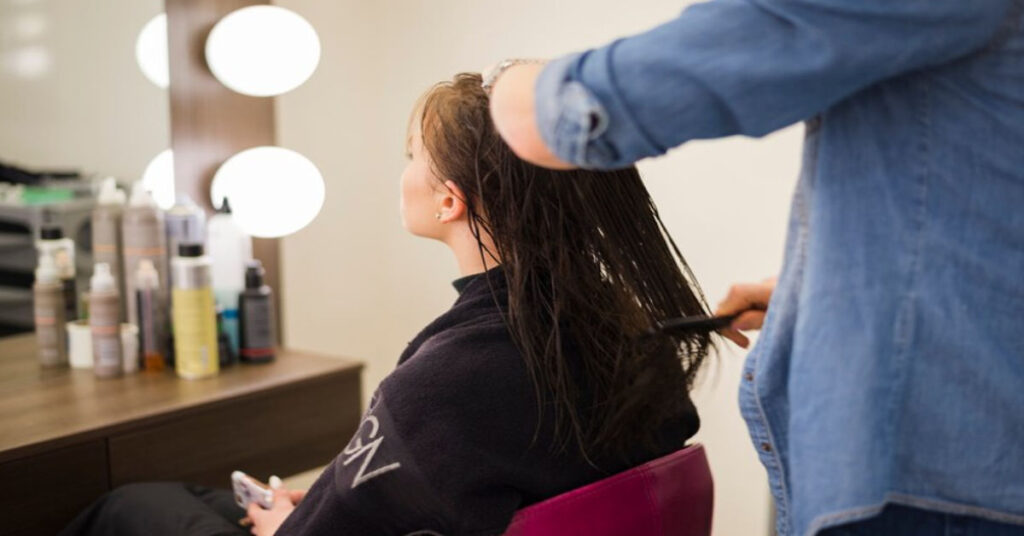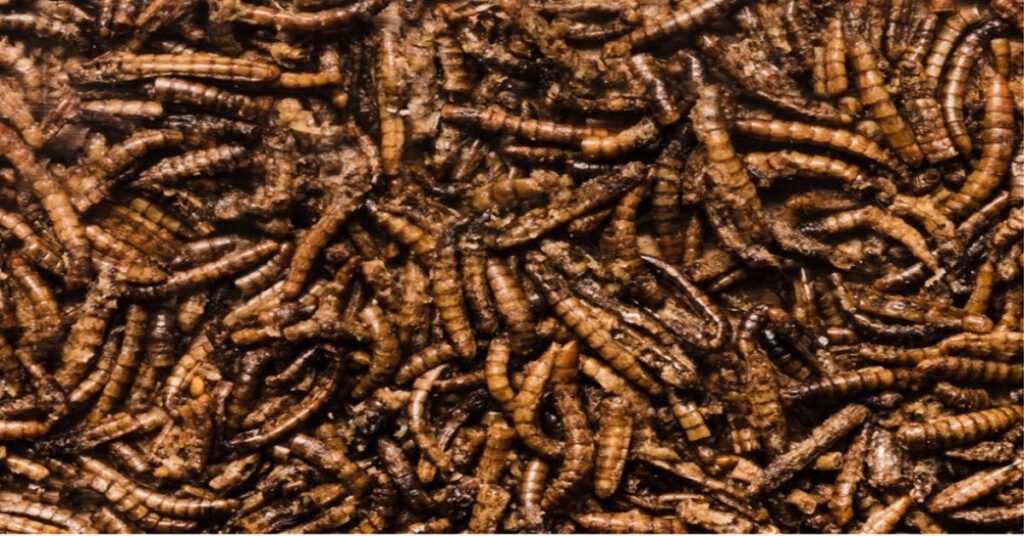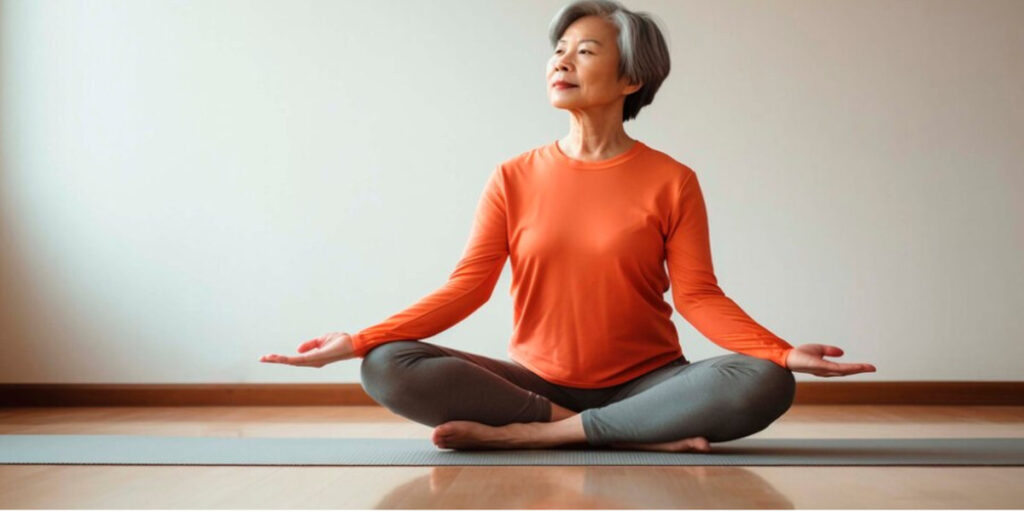10 Things You Should Know About Brazilian Blowout
If you’ve ever wondered about taming frizzy hair, you’ve probably come across the Brazilian Blowout. It’s a hair treatment that promises smoother, shinier, and frizz-free hair. But before diving in, it’s essential to know the facts about this popular hair smoothing treatment. In this article, we’ll cover everything you need to know, from how it works to its potential impact on your hair’s health. What is a Brazilian Blowout? A Brazilian Blowout is a professional smoothing treatment that helps to eliminate frizz and enhance the shine of your hair. It works by coating each hair strand in a protective protein layer, which smooths the cuticles and shields the hair from external damage. The best part? It can be customized depending on your hair type, whether you want to keep your curls or go for a completely sleek look. 1. It’s a Time-Saver One of the biggest benefits of a Brazilian Blowout is that it dramatically reduces your styling time. If you spend hours blow-drying and straightening your hair, this treatment can cut that time in half. Your hair will be much easier to manage, which is a major plus for those who are always on the go. 2. How Long Does It Last? The effects of a Brazilian Blowout last anywhere from 10 to 12 weeks, depending on your hair type and how well you maintain it. Using sulfate-free shampoos and conditioners can help extend the life of the treatment. You’ll know it’s time for a touch-up when your hair starts to frizz again. 3. Is It Safe? Many people wonder if Brazilian Blowouts are safe. The truth is, while the treatment is generally safe, there are some concerns due to the formaldehyde used in the process. Formaldehyde helps to lock the smoothing effect into your hair, but it’s also a chemical known to cause irritation. It’s essential to consult with a trained professional to ensure your salon uses a safe level of formaldehyde. 4. Brazilian Blowout vs Keratin Treatment While both Brazilian Blowout and keratin treatments smooth the hair, they’re not the same. A Brazilian Blowout is often preferred because it doesn’t require the days of waiting after the treatment to wash your hair. You can wash your hair and style it immediately after the appointment. Keratin treatments, on the other hand, may require you to wait a few days before washing. 5. It Works on All Hair Types A Brazilian Blowout isn’t just for straight or wavy hair. It can be customized for all hair types, from fine to curly, or even thick and coiled. Whether you want to keep your natural curls or go pin-straight, the treatment can be tailored to suit your desired look. 6. It’s Temporary, Not Permanent A Brazilian Blowout doesn’t permanently change your hair structure. The treatment wears off gradually, and your natural texture will return over time. This makes it a great option for people who want smoother hair but are not ready for a permanent change. 7. Can Be Expensive One thing to keep in mind is that a Brazilian Blowout can be quite costly. Prices range from $200 to $500 depending on the salon and your hair length. Plus, there’s the added expense of using special hair care products to maintain the treatment. 8. How the Process Works The process of getting a Brazilian Blowout usually takes 90 minutes to two hours. First, your hair is washed to remove any buildup. Then, the stylist applies the smoothing solution, which is followed by blow-drying and flat ironing the hair to seal the product in. Finally, your hair is rinsed, dried again, and styled. You’ll leave the salon with sleek, frizz-free hair! 9. Maintenance Tips To keep your Brazilian Blowout lasting as long as possible, you should follow a few maintenance tips: Use a sulfate-free shampoo and conditioner. Avoid saltwater or chlorine as much as possible (or wear a swim cap). Keep heat styling to a minimum, as it can shorten the treatment’s life. 10. You Can Still Color Your Hair Many wonder if they can color their hair after a Brazilian Blowout. The good news is yes! It’s safe to color your hair after the treatment, but you should wait at least two weeks to ensure the treatment is fully set. Is It Worth It? At the end of the day, whether or not a Brazilian Blowout is worth it depends on your hair goals. If you want frizz-free, smoother, shinier hair with less time spent styling, this could be the treatment for you. However, always make sure you’re getting it done by a certified professional to ensure the best results.
10 Things You Should Know About Brazilian Blowout Read More »







